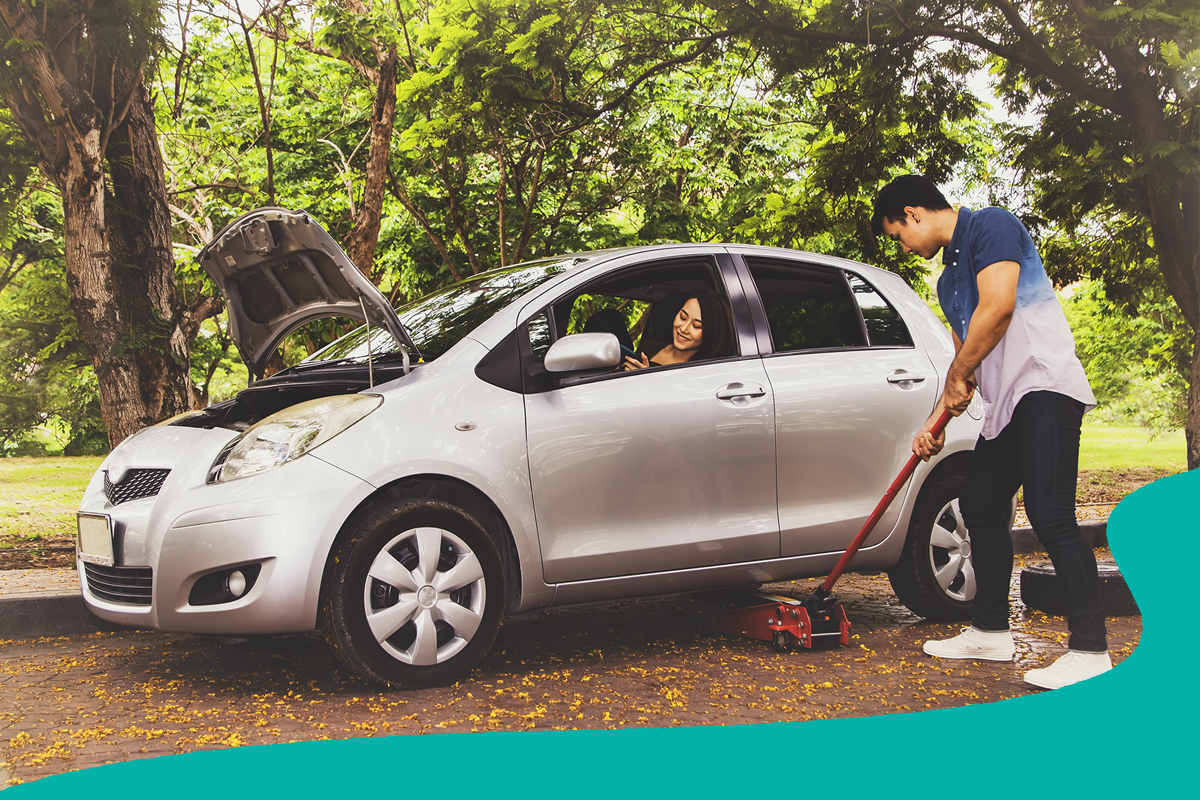Resources
Resources
Three Ways to Prepare for Financial Emergencies

Turning a torrent into an inconvenience
Some days aren’t your day.
Whether it’s that unexpected car problem that requires a tow, a dental procedure that’s an additional pain to your wallet, or the emergency medical procedure that you’re thankful for (but a bill that you aren’t), financial emergencies are going to pop up.
The best way to treat these unpredictable events is to prepare yourself for their inevitability. Here are three ways to prepare yourself for the predictable predicament of your next money emergency.
Start Saving with an Emergency Fund
An emergency savings fund is the number one way to be prepared for a rainy day. You’ll want to target three to six months’ worth of your essential expenses to keep in a savings account that you never touch.
To help reduce the temptation of withdrawing from this fund, start a separate savings account with no minimum balance requirement. Then, make it a habit to deposit a little from every paycheck. Setting a monthly automatic transfer from your checking to your savings can help. Or ask your employer to split your paycheck, so money automatically deposits into your emergency fund. This is a great way to save without even noticing.
Follow Savings Strategies
While an emergency savings account is good in theory, it can be tough in practice for many. Following some savings strategies may help you reach your emergency fund goals. For instance, U.S. Senator Elizabeth Warren popularized the 50/20/30 rule. This budgeting rule says 50% of your after-tax income should go to NEEDS (rent, utilities, food, bill payments), 30% should go to WANTS (entertainment, going out, extras), and 20% should go to SAVINGS.
To realistically reach your savings goals, you may have to cut back on your WANTS. Go through your subscription services and cut anything you don’t use. Stop buying coffee at that trendy coffee shop and pack a home lunch. Check to see if you’re getting the lowest rate on your auto insurance or turn off the air conditioner and open the windows. While these little changes in your routine may feel painful at first, you’ll get used to them – and your growing emergency savings balance.
Take Out an Emergency Loan
The thing about emergencies is they can happen at any time. And sometimes, the best-laid plans aren’t enough to pay for a broken transmission. If that’s the case, you might consider an emergency loan. An emergency loan is an unsecured personal loan that gives you immediate access to funds. No collateral is required, and depending on your creditworthiness, you may be eligible for lower interest rates and flexible terms. To get the best terms for any loan, be sure to maintain good credit by always paying off at least the minimum payments on your debts on time.
Before your next emergency, visit a Central Pacific Bank branch and talk with one of our helpful loan officers.




 Share
Share